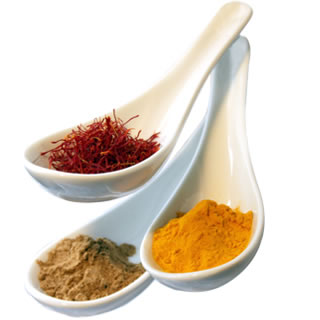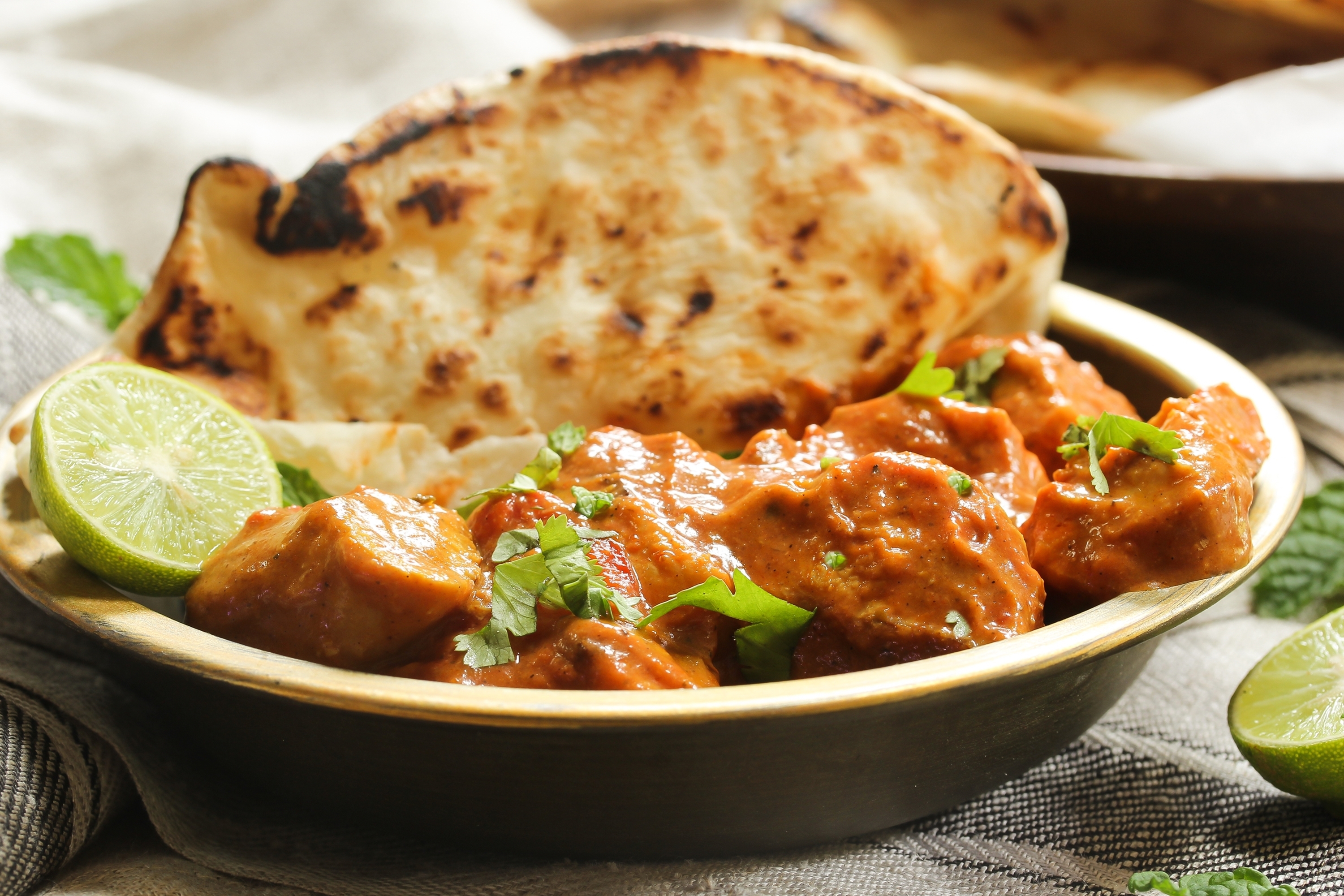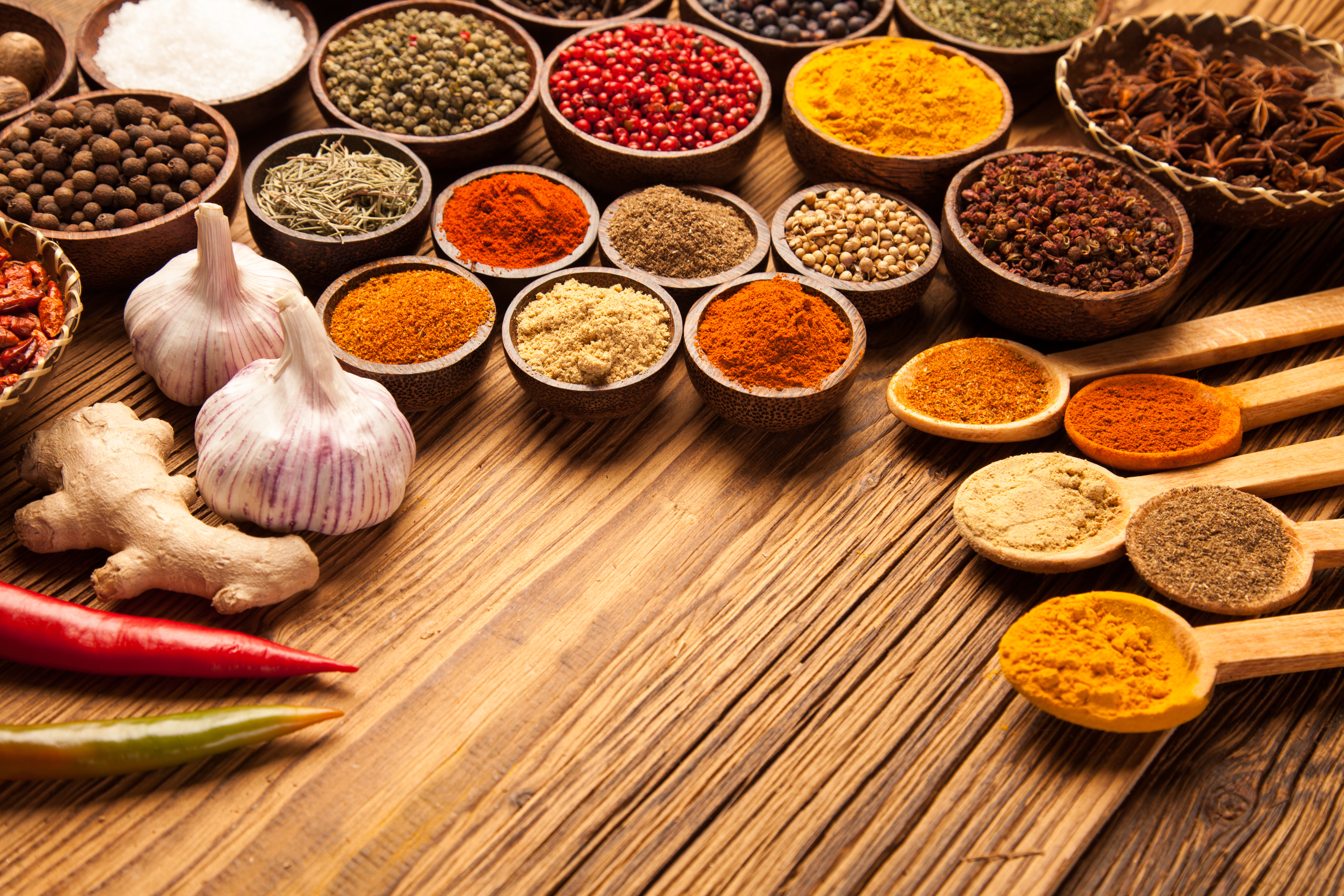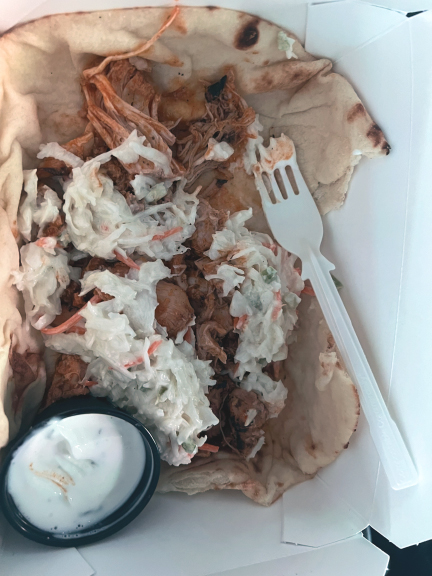Regional Cuisines

Let's face it. We are not going to cover the regions of india in a blog post. Especially when we're taking about cooking. India is a sub-continent. it contains 1.4 billion people. The influences on cuisine over the millenia have been profound. The ingredients vary from noth to south and east to west. Cultural difference abound. It is wonderful.
Punjab and the North
I will bet that most of you know this cuisine best. Most Indian restaurants have a long list of Punjabi classics like Samosas, Butter and Tandoori Chicken, Shahi Paneer, Daal Makhani, Aloo Chole, along with saag, lassis, naan breads, and kheer. The spicing is rich with garlic and ginger, cumin and coriander, and the varied blends of garam masala. This is comfort food at its finest.

South Indian
Famous for the Dosa, a large rice and lentil pancake stuffed with a variety of tasty filings and served with sambar, a unique stew/soup with a distinctive flavor usually from too much hing (asafoetida powder) in the spice mixture. Idli, a steamed rice cake, is also served with sambar, so you can see that sambar is important. Uttapam is like an Indian pizza, topped with a wide variety of chopped meat and vegetables, and the savory vadas are like and unlike any doughnut you've ever had. Delicious all. You can add the Chettinad curries, fiery hot with coconut and curry leaf for flavoring, along with Goa, this region brings the heat.
Hyderabad
Garlic and ginger paste is essential. You should always consider this to begin any marinade. The spices can be any combination of coriander, cumin, turmeric and chili. To these you can add clove, cardomom, even garam masala (although this could very well be redundant depending on the spices in the mix), and I like fenugreek, it's unique aroma and flavor are perfect for this dish. (by the way, I have never smelled or tasted maple syrup in using fenugreek these past many years) It is best to use seeds and pods lightly toasted in a skillet, and ground fresh. A splash of lemon juice or mustard oil will distribute the spices more eveny. Ground laurel (bay leaf) and fresh cilantro round out the marinade beatifully. I don't normally marinate for more than two hours and often for just one hour. Again, preference.

 Since the Tandoori Oven is the standard for cooking marinated meats in Indian cuisine, baking is the preferred method. Not by me. Sauté in a cast iron pan on high to sear the meat and seal in the juices. If you are adept, you'll get a nice char to add that mokey flavor. Don't cook completely because it will finish in the sauce.
Since the Tandoori Oven is the standard for cooking marinated meats in Indian cuisine, baking is the preferred method. Not by me. Sauté in a cast iron pan on high to sear the meat and seal in the juices. If you are adept, you'll get a nice char to add that mokey flavor. Don't cook completely because it will finish in the sauce.
AThe sauce is yours, but the spicing should mimic your marinade. Onions, no onions, puréed tomatoes, tomato paste, heavy cream or just a touch of cream with cashews, peppery heat or mild. Isn't it wonderful to have choices?
Somewhere around 1992 I promoted a restaurant with a cooking demonstration at Bloomingdale's. There was a fair crowd and the chef (cook, really) used a wooden spoon to add the spices and adjust them during the cooking. Three people argued with me to provide precise measurements. I couldn't. I had to explain that each cook is seasoning to taste, his taste, probably his approximation of his mother's taste. So, have fun with it.


2 Comments
Jordan Singer
2d2 replies
Santiago Roberts
4d